Thinking About Adding a Dog to the Family? Read This First!
by Lynn Viesti Berube
There’re reasons dogs are considered man’s best friend: They give their owners unconditional love, are intelligent, provide countless hours of entertainment and are highly loyal. If you’re thinking about adding a puppy to your family unit, consider all these charming attributes. But also think about whether you can afford to own a dog. According to Pet Education, out-of-pocket expenses for just the first year of your puppy’s life can be as high as $6,600.
Certain costs, such as for services provided by a veterinarian—from vaccines to heartworm shots, to spaying or neutering—are unavoidable. Yet, you can mitigate other costs by taking the following measures:
Find an alternative to pet stores: Buying a puppy from a pet store could cost you $1,000. For a dog with a lower price tag, explore alternative options like animal rescue shelters or adoption clinics. Have a specific breed in mind? Consider contacting a rescue group. All pedigrees are available in shelters and foster homes. Adoptions are usually low cost or free.
Double your dinner recipe: Purchasing food for your dog isn’t cheap. The good news is that you can add some of the common foods you already cook—rice, vegetables and meat, for example—into their diet for a healthy and cost-effective solution. Be sure to consult with your veterinarian first, though, to make sure the ingredients you use are dog-friendly and offer enough nutrition.
Invest in proper training: Taking the time to properly train your dog will have long-lasting positive effects for all of you. Don’t think of spending money on training as an expense, but rather, an investment. If your dog isn’t taught to respect you and your property, it might behave in unfriendly, even dangerous, ways. Dog’s have lots of energy and need to learn how to channel it appropriately so they don’t do damage when you’re not around. In addition, dogs in new surroundings often experience anxiety and might express their feelings by chewing on furniture, or behaving in other destructive ways. In other words, a well-trained dog is less likely to require frequent shopping trips to IKEA.
Make your own toys: Trekking through the aisles of a pet store, you’ll see a multitude of expensive dog toys made from common household items. Instead of spending money on a piece of rope, for example, check your garage for a similar “toy” first. Another tip: Purchase out of season toys at the pet store. Your dog does not care if you give him/her a snowman toy in the summer.
Be proactive about healthcare: Just as you do for yourself, take a proactive approach to your dog’s healthcare. Regular check-ups can prevent illness from impacting your dog’s quality of life, and help you avoid more-expensive medical treatments. A balanced, nutritious diet and daily exercise will also go a long way toward keeping your pet in top shape. Also be sure to brush your dog’s teeth, administer heartworm and tick prevention medications, and strictly follow any recommendations made by your veterinarian.
These measures will ensure that adding a dog to your family won’t upend your financial stability, and will allow you to enjoy your new pet for a long time. For more ideas on managing your money as you go through life, check out the Milford Bank Learning Center.


